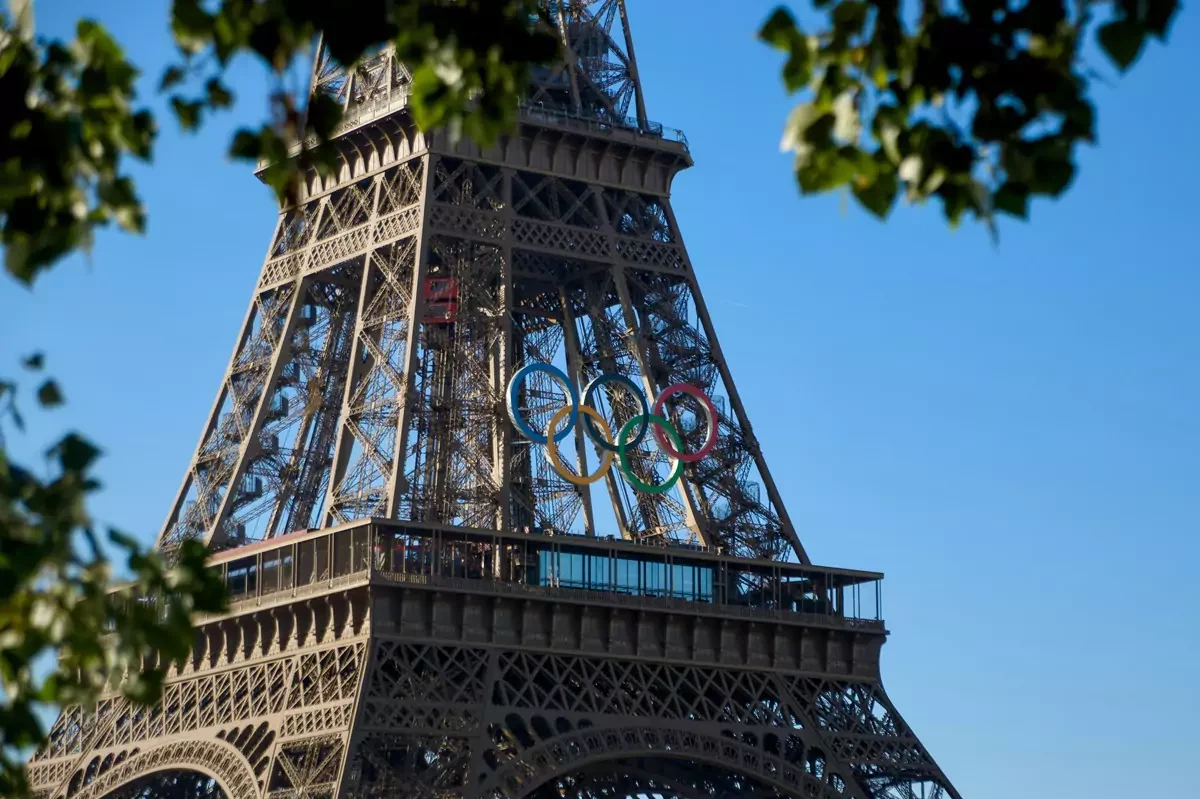From tennis balls to mattresses and from the very sand used in the beach volleyball courts to the podiums mounted by the medal winners, as much as 90% of the equipment used during the Paris 2024 Olympics and Paralympics has been earmarked for a second life in a pioneering new plan set out by the Games’ organisers, but is the plan really as good as it sounds?
The Olympic Games in Paris have now come and gone, but the Paralympics are yet to come. From 28th August until 8th September, a whole other community of top-level athletes will be competing in what is likely to be the biggest edition of the Paralympics in history.
During this pause in competition, however, thoughts and discussions have turned to what will become of the six million items that have been and are yet to be used during the two colossal events.
The first round of competitors have vacated the Athletes’ Village, taking home medals or the hope of better luck next time, but they have left behind a host of purpose-built developments, massive amounts of equipment and many, many products. Yet more will be required in the coming weeks.
In days gone by, these items would have been thrown away, destined only for the rubbish dump, but in an age where environmental awareness is paramount, the organisers of the 2024 Summer Games had a better idea: recycling.
METICULOUSLY PLANNED
From the very early planning stages, the coordinators of the Paris Games were looking ahead and considering what could be done to eliminate as much waste as possible in the aftermath of the competitions. The objective was to give the perfectly usable equipment and items needed by the events a second chance wherever possible.
They favoured the use of temporary venues to reduce the likelihood of buildings becoming forgotten eyesores down the line and asked suppliers to present them with ways in which left-behind kit could be transformed into something that would befit a circular economy.
“Before we ordered anything, we thought about what this thing is going to become afterwards,” said Paris 2024 Sustainability Director Georgina Grenon in an interview with AFP in mid-August. “We also hired consultants… Nobody could tell us if this had been done before.”
The first step was to set about the mammoth task of creating an inventory of the millions of items that would be used by the two sets of Games. Then, the organisers started approaching the suppliers, who, in order to get contracts, were obliged to present ideas for how their products could be used after the closing ceremonies.
This approach encompassed everything from the sand used in the beach volleyball courts that were erected in front of the Eiffel Tower to the tennis balls used at the Roland-Garros event, as well as all the javelins, shot puts and the like. All of these are now believed to be assigned to various professional and municipality-run clubs across France.
See more: Monaco’s Olympic journey ends on a proud note
Once the Olympic logos are removed, the podiums used at the hundreds of different medal events will be reused for other events, say those behind the Games.
Additionally, Lyreco, the company that supplied the 600,000 pieces of office furniture needed for the behind-the-scenes action, has agreed to take back all items leased to the Games. The company is reportedly planning on launching a new second-hand furniture business. In a similar move, the 14,000 mattresses made from recycled plastic that were used in the Athletes’ Village have been earmarked for the French Army.
Meanwhile, two of the swimming pools set up for training sessions and a skatepark will be relocated to the Seine-Saint-Denis suburb of Paris in the near future.
Other ideas are of a more enterprising nature. For example, many of the flags and torches will be sold off as souvenirs to fans.
In total, 90% of the items used during the Games already have confirmed second lives, and the organisers are reportedly in the midst of negotiations concerning suitable items and goods that make up the remaining 10%.
CRITICS WARN OF GREENWASHING
With all the positives, there are inevitably some negatives, and critics have been quick to point out the worst, accusing the Games of allowing greenwashing by their biggest corporate sponsors.
Some specific denunciations are aimed at Coca-Cola, which supplied millions of plastic bottles of its iconic soft drink, a decision that directly contradicted the organisers’ promise to cut single-use plastic on-site in half versus the 2012 London Games. On top of this, many sponsors circulated and distributed huge amounts of knick-knacks and marketing paraphernalia that inevitably wound up in bins as fans headed home.
Despite the criticisms, the sustainable actions seen at the 2024 Paris Olympic Games show that the events industry is capable of considering – and mitigating – its environmental impact. Time will tell whether these Games have set a new standard, but the initial signs suggest that the environmentally-conscious decisions made in the run-up to and in the aftermath of the Games are something that the organisers can be proud of.
Monaco Life is produced by real multi-media journalists writing original content. See more in our free newsletter, follow our Podcasts on Spotify, and check us out on Threads, Facebook, Instagram, LinkedIn and Tik Tok.
Photo source: Bo Zhang, Unsplash
